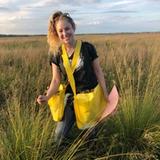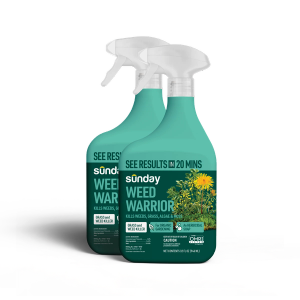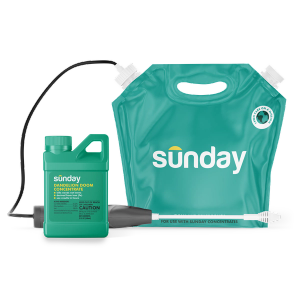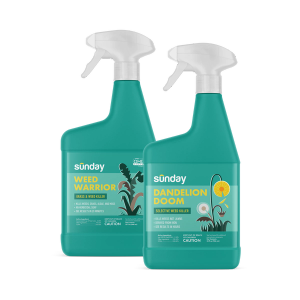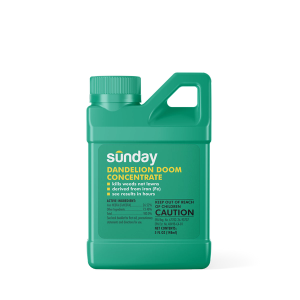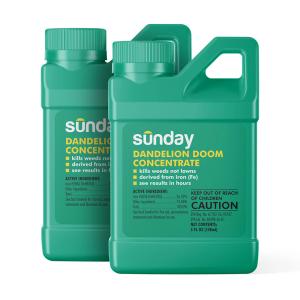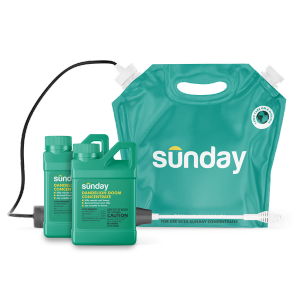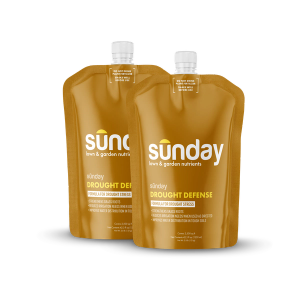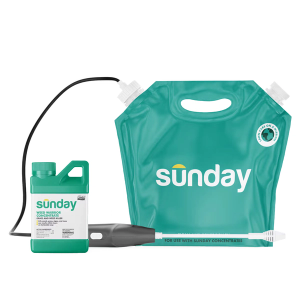First, why is biodiversity important?
The lawn serves an important function as a "green filter" in our urban environments. By maintaining dense vegetation with perennial grasses, we’re helping filter wastewater away from paved surfaces, as well as creating cool, safe surfaces for recreation. Even so, one of the biggest arguments against lawns is the lack of biodiversity.
Biodiversity helps fulfill different functions in the ecosystem. For example, a flower provides a food source, a bee utilizes that food source and then helps that flower pollinate and increase populations. Unfortunately, biodiversity is reaching critically low levels and we’re losing crucial habitat at a rapid pace. From deforestation to increasing diseases, all the way to climate change, the need to support biodiversity is greater than ever.
How does Sunday embrace biodiversity in lawns?
Our mission at Sunday is to support your whole yard whole ecosystem, not just your grass. You may not realize it, but we’re already helping support biodiversity within your yard through our custom lawn plans and our holistic approach to caring for your piece of land. How?
- A-LIST–approved seed blends. By blending grass species in our hand-selected varieties of grass seed, we’re encouraging more diverse lawns that are more resilient to damage and disease.
- Encouraging more plants in lawns that aren’t grass. Weeds or plants that aren’t grass in your lawn may have environmental value, like foraging sources, soil holding capabilities and some we may not understand yet. Two easy Sunday options to help increase more diversity into your yard are our free wildflower seeds and Lucky Lawn.
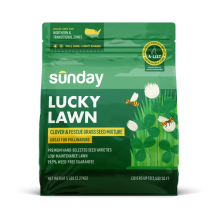
Lucky Lawn Grass Seed
- Pollinator-friendly
- 99.9% weed-free guarantee
- Northern, transitional climates
- Tall fescue, fine fescue, microclover blend
So then, why do most people want to avoid weeds?
There are certainly many reasons to avoid weeds in the yard. The top reasons why you might want them out:
- Health reasons (bee or pollen allergies)
- Recreational safety (weeds result in an uneven and slippery footing surface)
- High traffic (weeds tend to thin out faster than grass)
Last but most certainly not least, the main reason people want to rid their lawn of weeds is actually due to the type of weed present. For lawns, the biggest problems are annual weeds.
What’s the issue with annual weeds?
They don’t cover the ground for the entire year. Essentially, these plants tend to invade, flower, leave, and then just leave the ground bare the rest of the year. This not only leaves the ground bare but allows space for other weeds to move in. Bare ground = biggest threat to water pollution. When the soil is left exposed, it’s only a matter of time for that soil to erode and wind up in a susceptible water body. The eroded soil brings sediment and nutrients into water bodies which is not only bad for aquatic life, but hard (or impossible) to remove once introduced.
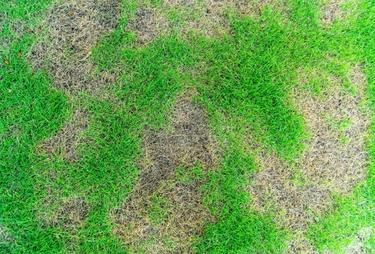
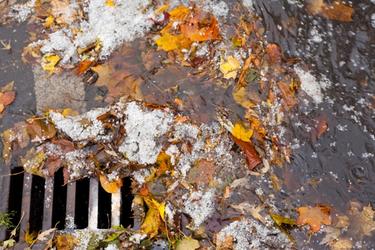
Finally, what are some good “weeds”?
Good weeds actually exist. These are the kinds of plants that offer other benefits like pollinator forage, nitrogen fixation, or providing green cover where grass can’t grow. Basically, if your grass suffers tough conditions, another not-so-bad plant can take its place and vice versa. Here are a few of our favorite "not-so-bad weeds":
Clover (white, red, strawberry, others)
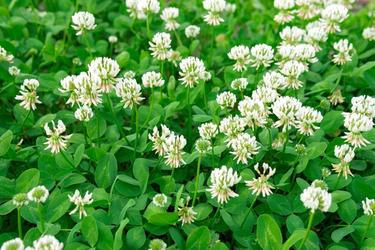
- Legume = fixes nitrogen = less fertilizer required
- Great for pollinators
- Spring through early fall
Dandelion
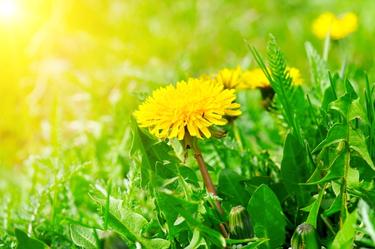
- Early spring forage for pollinators
- Can mow when they start to set seed
Henbit/deadnettle
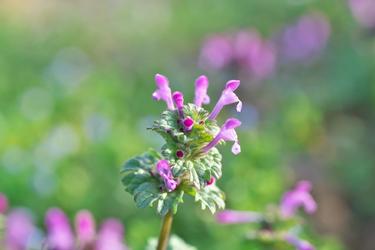
- Early spring pollinator forage
Sunday fun fact: Did you know there are many plants that were previously considered weeds in the average lawn? Plants like milkweed, the host plant for the Monarch Butterfly, used to be removed from all lawns before its virtue was realized.
How can you continue to allow for some virtuous weeds?
Flowering “bee lawns”
Incorporating low-growing bulbs (like crocus or muscari), legumes (like clover), and other flowering plants is a great first step to embracing “weeds” that are great for lawn cover and provide more vibrant, colorful lawns. Plus, these plants can be a great source of food for pollinators.
Fight off bad weeds, save energy on “good weeds”
Crabgrass is a great example of a weed to fight off, rather than spending your time digging up violets or clover. Here's what you can do to re-establish grass post-crabgrass reduction:
- Warm-season: Sprig, sod, plug, or seed your warm-season species in the spring so crabgrass can’t invade come summer.
- Cool-season: After crabgrass dies in fall, scratch up the soil and reseed to patch bare patches of grass before winter.
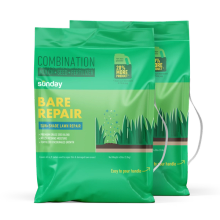
Bare Repair Sun + Shade Lawn Treatment + Grass Seed (2-pack)
- Made for patching thin or bare areas in lawns
- High drought tolerance and recovery
- Resistant to disease and surface-feeding insects
- Stand up to wear and tear — great for kids and pets!
- A-LIST-approved seed for quality, sustainability, and reduced maintenance
Understand what your lawn is telling you
If you continue to have weeds pop up annually in the same location, your lawn is telling you something is wrong. Maybe this area needs more light, maybe you need to fix the soil, or perhaps you need to go back to lawn care basics and change your watering or mowing practices. As soon as you determine the underlying issue, you can start to re-seed these zones. Then, once the grass grows, begin to apply nutrients lightly and keep your lawn competitive against weeds, or balance effectively with the good weeds.
Let's get growing
Our lawn engine uses satellite data to map out your lawn size and determine things like average rainfall, common weeds, and pest activity.


